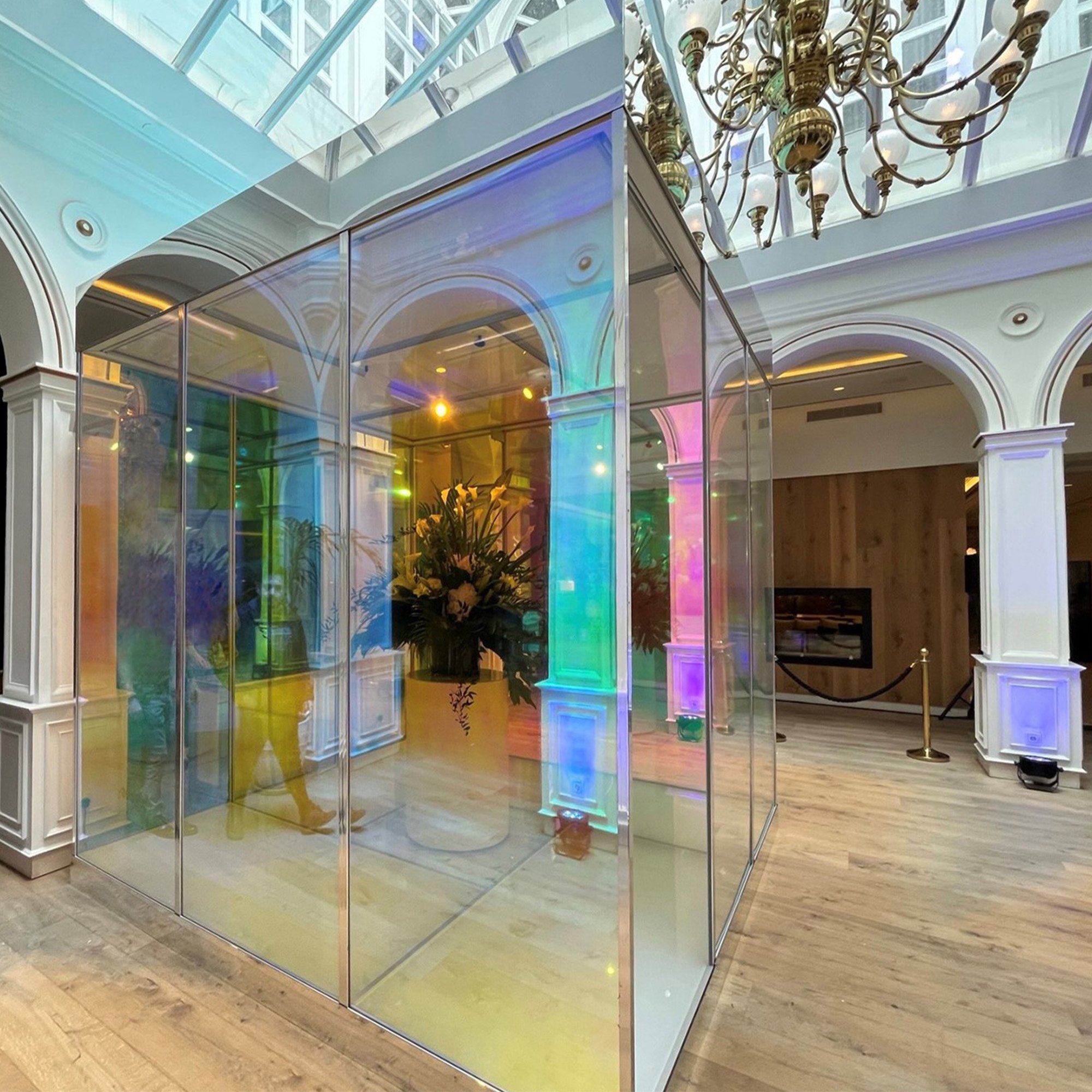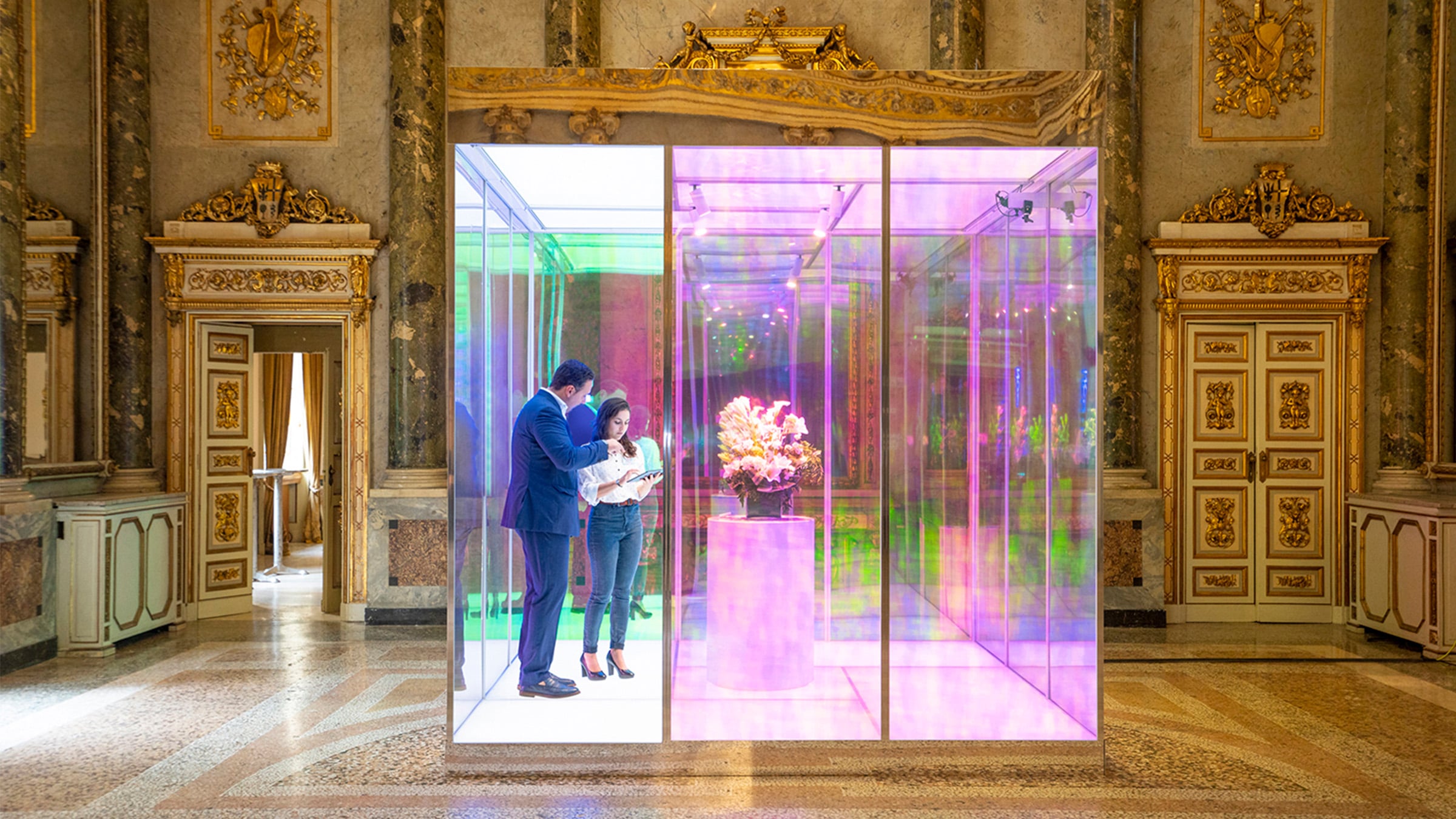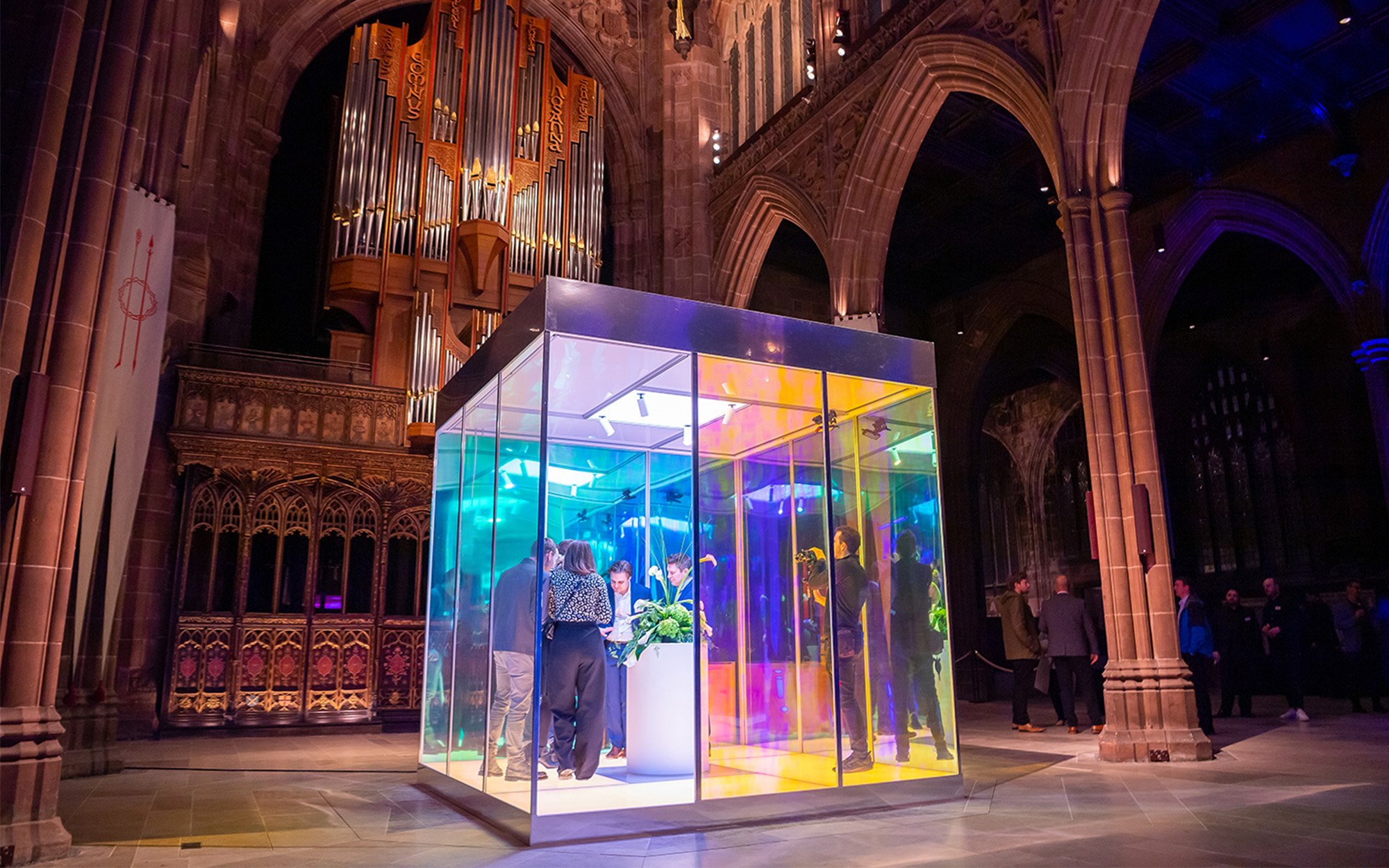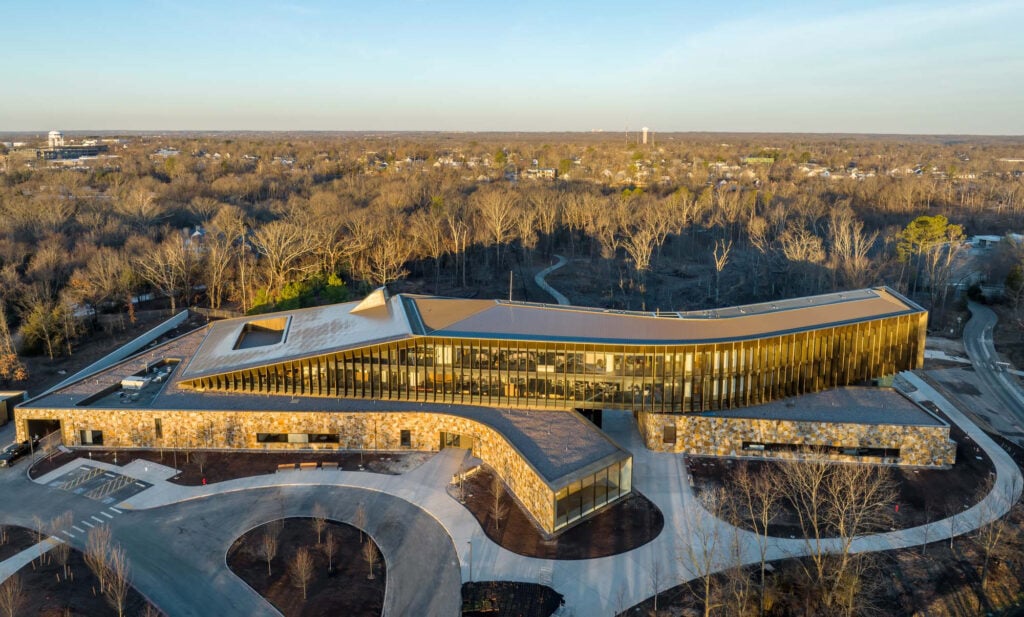
December 19, 2022
Lutron’s Traveling Installation Showed the Power of Lighting Control
It touts a level of [lighting] curation previously unattainable.
Lutron, an industry leader in lighting control, provides one such solution with Athena, a dynamic cloud-connected lighting and shade-automation system programmed by the user through a mobile app. It touts a level of curation previously unattainable and appears future proof by design. “A specifier can choose Athena months or years before project delivery, knowing that installation will not be outdated at turnover like many other building technologies,” explains Chris Udall, senior product manager. “Athena’s cloud-connected architecture receives consistent software updates that push new features and capabilities, so the system stays up-to-date and increases in value over time.” It can also integrate with light sources30other manufacturers allowing designers to mix and match third-party fixtures into one system with minimal compatibility issues or concerns.

The system’s versatility adapts to a variety of spatial programs including office, healthcare, gallery, hospitality, retail, and restaurant. Users establish and command program zones, set unique scenes, and create scheduled automations. “Perhaps a restaurant owner or front-of-house manager could use the app to control the space in real time, or set additional scenes and schedules.”
But to demonstrate the Athena’s gymnastic curatorial ability required a fully immersive experience in light, color, and space. Informed by the ephemeral qualities of light and its impact on design, Cecilia Ramos, Lutron’s Senior Director of Architectural Market, led the charge to create the iridescent cube featured in their PRISMATIC global pop-up experience. Set in culturally significant, ineffable spaces the exhibition traveled to six cities in five countries making seven stops over the course of two seasons. Venues included the Manchester Cathedral, Eiffel Tower, and Dubai Design Week.

The 3-meter cube—composed of a luminous floor and walls constructed from a translucent dichroic material held together by a polished chrome structure—reacted to the interplay of light and shadow to tell fresh stories against historical context when choreographed by the users. As the cube’s limits disappeared light was freed from the volume and became the protagonist of new spatial narratives performing as a lantern, a mirror, a frame, or an object within its locale. Light was rendered a design material as significant as the structure from which it emanated.
Would you like to comment on this article? Send your thoughts to: [email protected]
Latest
Projects
Studio De Zwarte Hond Reimagines Dutch University with Circular Renovation
The Herta Mohr building showcases how resourceful reuse can transform a legacy structure into a sustainability paradigm.
Products
4 Manufacturers Lead the Way in Sustainable Surfaces
3form, Corian, Cosentino, and Wilsonart offer some of the most transparent surfacing products on the market.
Projects
This Arkansas Institute Brings a Holistic Vision to Health-Care Design
Designed by Marlon Blackwell Architects, Heartland Whole Health Institute weaves together nature, wellness, and architecture to reimagine how we care for the body and mind.





